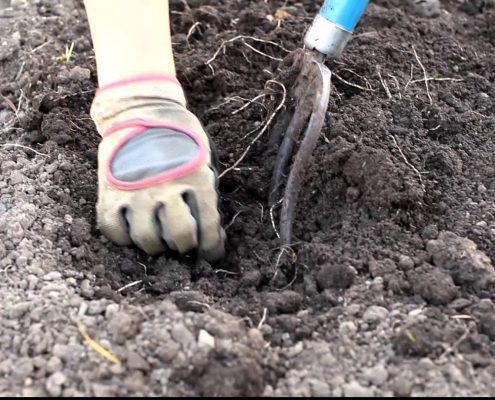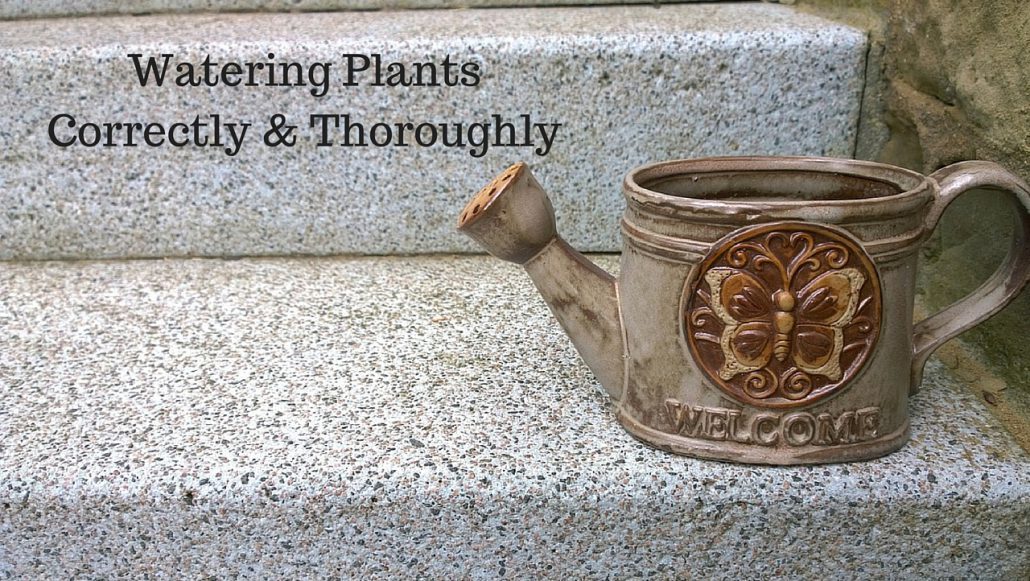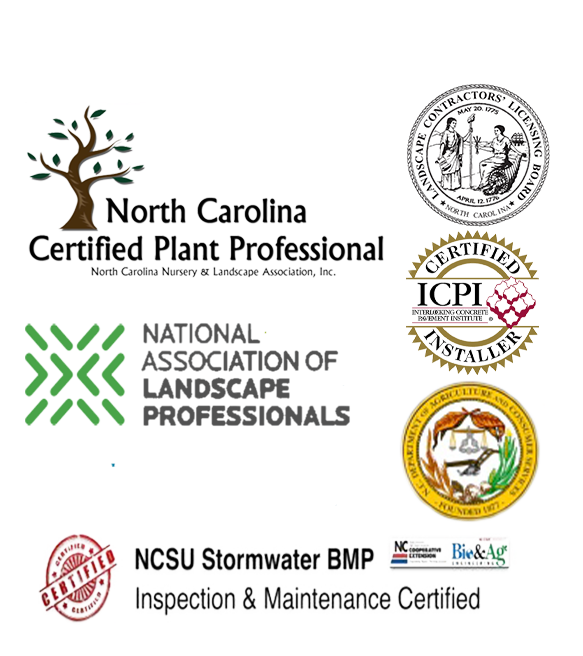Watering Plants Correctly & Thoroughly
With hot weather comes our share of dry days and lack of rainfall. This can cause potential stress on your landscape and plantings. Supplemental watering will help the survival of your investment. Take these notes on how to adequately water leaving all plants thoroughly satisfied.
Observe for Adequate Moistures
Make observations in the garden. Take a look at the leaves of the plants. Are they wilting? Are there brown leaves at the base of the plant? Scratch beneath the soil’s surface with a small trough to see if the soil beneath the surface is holding water or how dry it is. Dig several inches down to the root system to tell if there is any moisture. The soil should be moderately damp but not soupy wet. If there is moisture, skip watering. If not, get out the soaker hose and curl around the base of the plant or throughout the planting area. If a drip irrigation system is set up, the emitter can be added to adequately water at different gallons per hour.
Watering for Penetration to Root Systems
If watering by hand or spot watering, first water until there is some runoff. Water each plant lightly using the rain dial on the handle instead of the hard pressure jet spray. A slow, steady stream is best to give a good drink to each plant. Water will slowly penetrate better instead of running off the surface of the mulch and away from the plant. After ten minutes of watering, brush away the mulch around the plant and dig down to see how much in inches the water has penetrated. This will give you a good understanding as to how long to continue watering. If setting up the sprinkler in the yard over a period, place a small bucket in the vicinity of the plant. Measure the amount of water obtained in the bucket and how long the sprinkler was running. Check the root system around the plant to see the depth of penetration and follow up accordingly.
Watch the weather forecast each week and observe the health of your plants by taking a daily walk through the garden. Any stress to the plant, whether it is drought, the wind or other conditions can make it susceptible to diseases. Enjoy your plantings for years with regular fertilizing and a water regiment.




